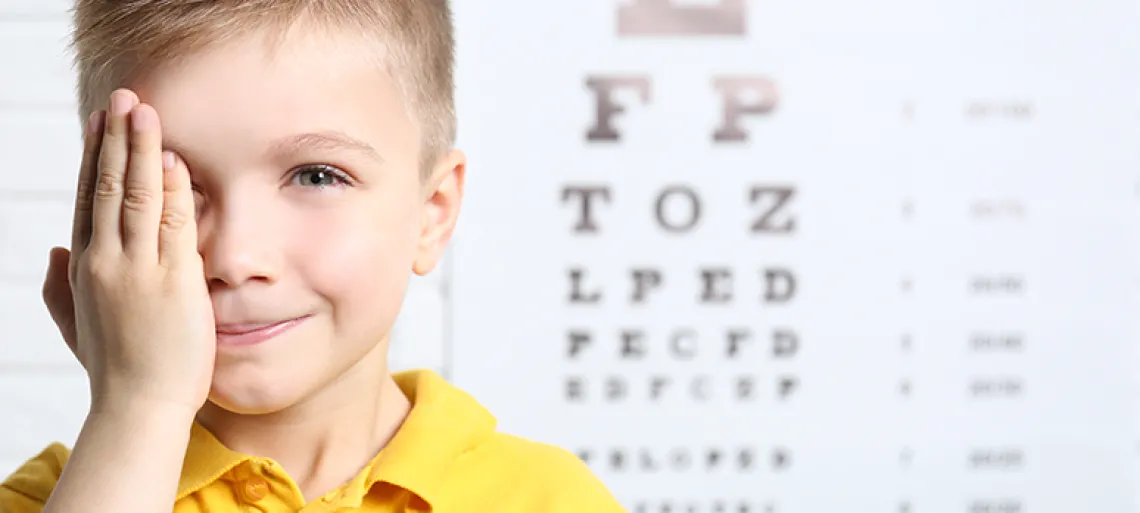Why Children's Eye Health Should Be Part of the Back-to-School Checklist

As a mother and educator, I have always believed that a preventive and constructive approach is better than having to fix something. This is why I always appreciate “awareness months” that help busy parents remember what they need to “stay on track” and take the steps required to support our children’s health and well-being.
August is Children’s Eye Health and Safety Month. Add an eye exam along with all the items on your back-to-school checklist. Children cannot understand or describe vision problems. Undetected and, therefore, untreated problems can lead not only to medical conditions but also behavioral problems, learning difficulties, and emotional problems.
After years of working as a teacher and preschool director, I saw firsthand how frequently the reason for challenging behaviors or schoolwork-deficient performance was vision or hearing problems. Therefore, whenever I met with the parents of a struggling child, my first question was whether he/she had a vision and hearing screening.
I still remember one little girl who was very rowdy and pushed everyone during Circle Time or in the playground. Other children started avoiding her, and she felt ignored. Her behavior was getting worse, and we met with the parents. They had also noticed how her challenging behaviors increased and how her mood had deteriorated. It turned out that she needed both eyeglasses and hearing aids. The first day she wore both to school, she was a different girl.
We then understood that during Circle Time, she pushed others to get closer to the teacher so she could see and hear her. At the playground, she was in a “defensive mode” because she could not see well or hear another coming close and would startle.
Imagine being in the classroom and not seeing the board, screen, or other materials used in class. The odds are that your school-age child is embarrassed to say anything to the teacher.
Besides an eye exam, if your child practices a sport, learn about protective eyewear and what to do if an eye injury occurs.
Finally, something else to remember is that screen time has increased and affects your child’s eye health. The American Optometric Association reminds us that “using technology has many benefits, but it should be used responsibly.” Spending two or more continuous hours on any electronic device increases the risk of experiencing digital eyestrain. Encourage everyone in your family to take screen time breaks.
The American Academy of Pediatrics has created the Family Media Plan tool to help you develop the necessary boundaries and rules to support your family's eye health and emotional health.
The next step? Before you get too busy with back-to-school, book your child’s eye exam and prepare them to learn and enjoy their new school year!

